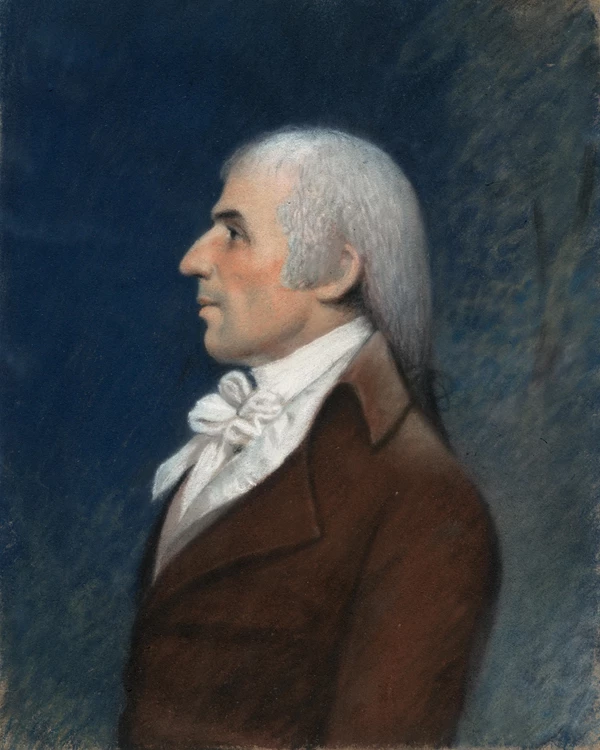Last updated: September 21, 2020
Person
John Bard

National Gallery of Art
The descendant of Huguenot refugees, John Bard spent his childhood in Burlington, New Jersey. As a young man, he apprenticed to a surgeon in Philadelphia. About 1740, he married Suzanne Vallaeu, granddaughter of Peter Fauconnier. Six years later, he moved to New York, where he quickly established himself as a leading physician, becoming the first President of the New York Medical Society. By 1764, he had inherited, through his wife, most of the Fauconnier patent located at present day Hyde Park, and, in addition, he reconstituted the original tract by purchasing parcels of land that had been previously sold by Fauconnier. With this ample property at his disposal, he made plans to retire from medical practice and develop the Hyde Park estate into a working farm and country seat. His son, Samuel, then 22 and a medical student in Edinburgh, was eager to assist him inlaying out the grounds and offered to have a plan drawn in Scotland. No records indicate that such a plan was created. Dr. John Bard's estate at Hyde Park was developed to a lesser degree than the aspirations of his son.
Unlike his successors at Hyde Park, Dr. John Bard seemed to have little interest in the scenic qualities of the Hudson River and instead viewed it solely as a means of transporting goods and supplies. Shortly after 1764, he established a farm on what is now the east side of the Albany Post Road, which included a farm house, barn, an orchard of between 500 and 600 apple trees, as well as meadows, upland, etc. He also had three boat landings on the Hudson River. Bard seemed plagued by financial difficulties, and in 1768, he put the entire property up for sale.
Bard did not sell his entire property in 1768, but, over the next thirty years, he sold about 1,500 acres of the original 3,600. He also abandoned temporarily the idea of retiring to country life. In 1772, however, he returned and built a house near his farm complex. Financial losses from investments in mining and iron works caused Dr. Bard to return to medical practice in New York City after the American Revolution, where he formed a partnership with his son, Dr. Samuel Bard. In 1798 at the age of 83, he returned again to Hyde Park, dying there in 1799.
